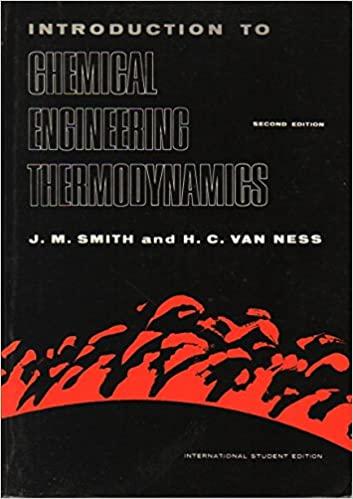Question
Consider the transport of glucose (C6H12O6) across an anodic aluminum oxide (AAO) membrane as seen in the figure. The membrane has a diameter of 13
Consider the transport of glucose (C6H12O6) across an anodic aluminum oxide (AAO) membrane as seen in the figure. The membrane has a diameter of 13 mm and an overall thickness of 50micro meter. The membrane is composed of two layers: an active layer with very small pores and a support layer with larger pores. The active layer, which makes up 5% of the membrane thickness, has an average pore size of 6 nm in diameter with a porosity of 12%. The support layer (making up the remaining 95% of the membrane thickness) has pores that are 200 nm diameter in size with a porosity of 18%. Assume the pores are straight. The membrane separates two well-stirred volumes. One side has an average glucose concentration of 20 mM. The other side contains no glucose, but 5mM of a large macromolecule that is impermeable to the membrane. Assume the solvent is water at 37oC. Assume the hydrodynamic pressure of both volumes on either side of the membrane are constant at 1 atm. Determine the following: (A) the overall hydraulic conductance of the membrane, (B) the filtrate flow rate through the membrane, (C) the actual sieving coefficient (hint: for a two-layer membrane like this, it will the product of the two individual sieving coefficients), (D) the overall permeability of the membrane to glucose, (E) the total glucose transfer rate across the membrane, and (F) the Peclet number for the membrane. (Ans: Q=0.1202 (mm^3)/s; P_m=3.021 10^(-4) cm/s;Pe_m=0.276)
Kindly type your answer for the sake of clarity
Step by Step Solution
There are 3 Steps involved in it
Step: 1

Get Instant Access to Expert-Tailored Solutions
See step-by-step solutions with expert insights and AI powered tools for academic success
Step: 2

Step: 3

Ace Your Homework with AI
Get the answers you need in no time with our AI-driven, step-by-step assistance
Get Started


